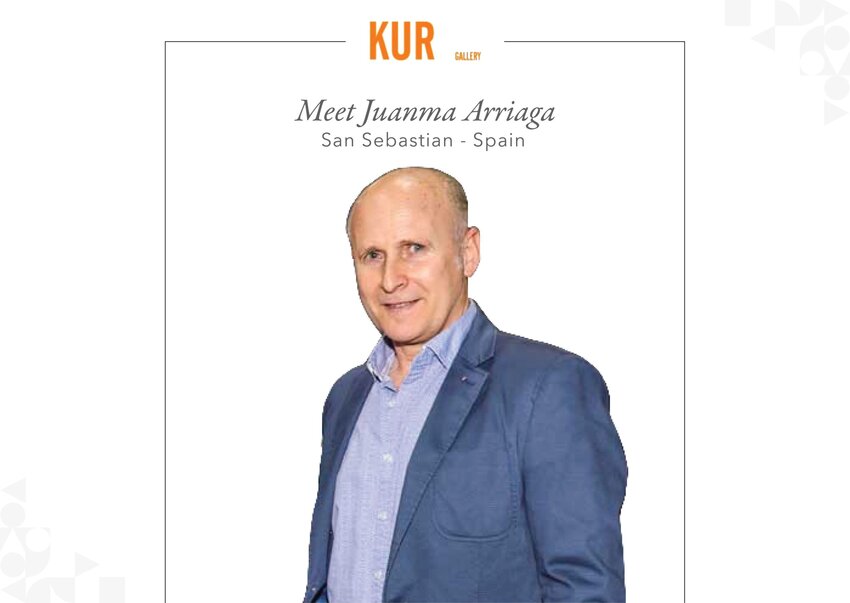We use cookies to make your experience better. To comply with the new e-Privacy directive, we need to ask for your consent to set the cookies. Learn more.

- 01/20/2023
Muse Square: Can you tell us when and why you founded the Kur gallery?
Juanma Arriaga: I started as an art collector, I had a passion for art and used to buy many piece of arts. I then discover that I could turn my passion into a business, doing what I really like to earn money. I decided to open a gallery but I didn’t want to open it to the public at the beginning. Instead, I wanted to work privately behind closed doors. But finally, I was convinced to open the gallery to the public.
I founded Kur gallery in 2000 and inaugurated the space with an exhibition of Manolo Valdés. He arrived in a bus with many American collectors. They bought all the exhibited artworks. It was a fantastic start. San Sebastian, where my gallery is located, has a lot of traffic and was known to be a very touristic area. It is a great place to work with art.
from then on, the gallery exhibited many artists from all around the world: Latin America, the US, and even with African artists. We are currently exhibiting the Turkish artist Sükrü Karakus who resides in the Basque Country. The exhibition will be showcased in Istanbul next month.
Muse Square: Can you tell us about how you work on the primary and the secondary markets?
Juanma Arriaga: In the primary market, I mainly work with emerging artists and in the secondary market I work with very established ones. My secondary market business is very important as it makes it financially possible for me to feature emerging artists in my gallery.
Mostly, I buy artworks from the United States and sell them in Europe. We recently bought a prime piece from Latin America, and sold it in the United States. We often place those prominent pieces in auctions and work on our activity with emerging artists in parallel. Hence, our business is running well thanks to our secondary market business segment.
Many people look at art for an investment. As a result, finding a client who is willing to spend a million dollars on a famous artwork in the secondary market is easier than finding one who will pay ten thousand euros to buy an emerging artist painting.
In the secondary market we work principally as art advisors. Refined collectors seek advice, they don’t buy conclusively. I give collectors honest advices. For example, I tell them that instead of buying thousands of paintings that are not very significant, they can buy ten or twenty well curated paintings. At the end of the day, artworks are long-term investments.
Muse Square: Can you tell us how do you work with your gallery peers?
Juanma Arriaga: I work with many galleries in the secondary market. They get me works of interest to my clients and vice-versa.
I will give you an example of the way I collaborate with other galleries: if I find an interesting Picasso piece in Spain, I reach out to a London dealer I know, for example, with whom I work regularly and has clients who are interested in Picasso’s work.
Back in the days, I use to send pictures by courier. It used to take weeks to reach the other gallery. With the internet, we exchange pictures instantly. Working in the secondary market is all about exchanging information, so speed is a very important.
But what matters the most is the collaborative work between gallerists is trust and secrecy. I’ll share with you a recent incident that happened with me: after sharing information about an artwork with a certain gallery, the same artwork was proposed to me by a different gallery. What an irony! The more information is shared, the less value it has. This incident could have affected my reputation as a trusted party. So, secrecy is very important when it comes to collaborating with peers on the secondary market.
RECOMMENDED TOPICS
We use cookies to make your experience better. To comply with the new e-Privacy directive, we need to ask for your consent to set the cookies. Learn more.
